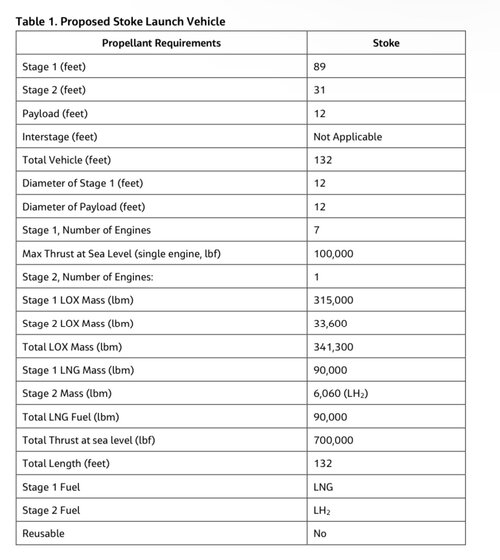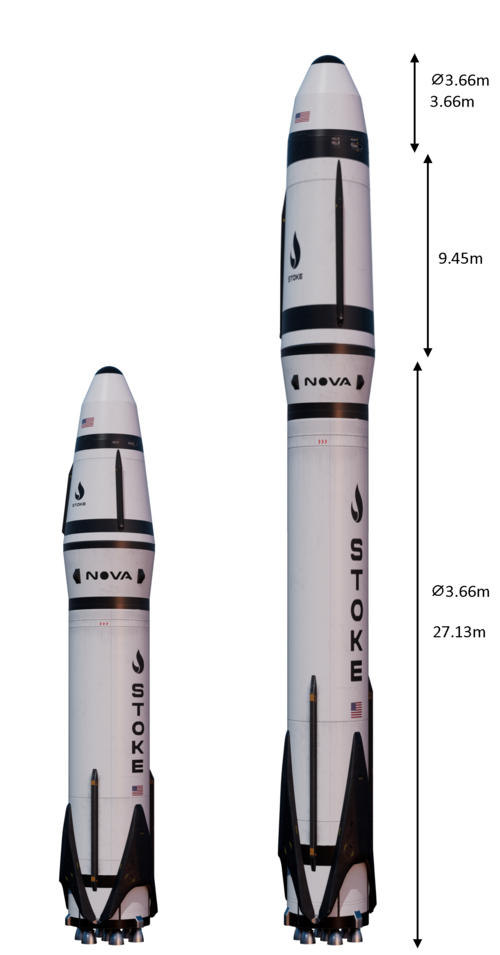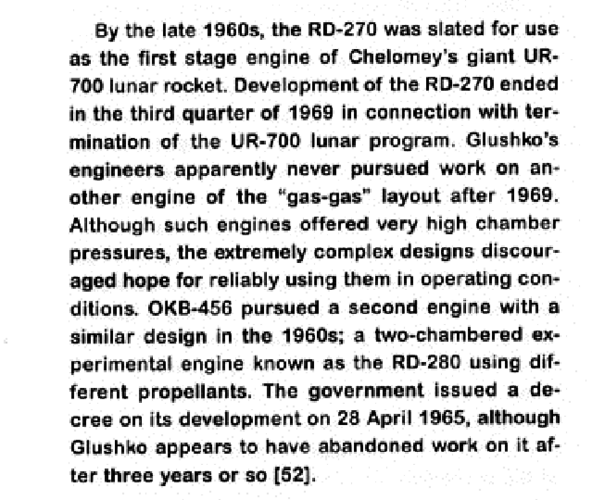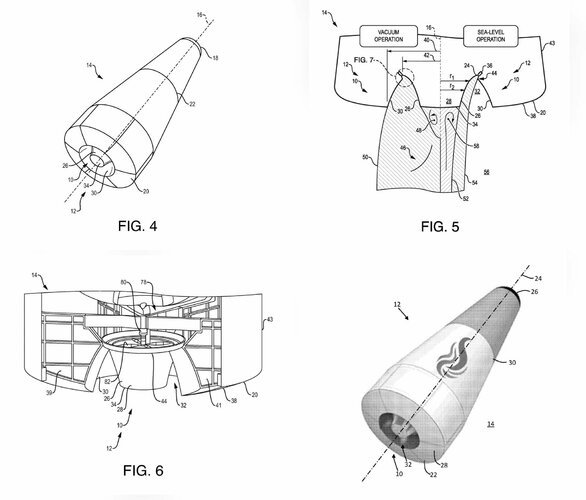- Joined
- 13 August 2007
- Messages
- 8,367
- Reaction score
- 10,751

Watched that and to be honest I think that's a pretty bad review of the company. The biggest concern I'd take away from the video would be the low funding capital so far - 170 million. Active cooling has been used in a ton of applications before so its not new - adding it to a reusable second stage is the new part of it. But being a smaller capsule than Starship or the Space Shuttle helps in the debate between active cooling and tiles. The take on the CEO is also pretty shady to me, to knock them because they came from Blue Origin (where they created a usable engine) and Blue Origin is slower than SpaceX takes away from the fast pace at which they are moving. If you watch any videos with the CEO he comes across as very knowledgeable and easy to talk to, and that comes across as a person who would have issues with talking and convincing investors. You can also hire in a head marketing guy to do a lot of that.
Not really. Take away Starlink and there is a surplus of launchersAnd there is no shortage of launchers needed for satellite launches, especially as prices come down to enable more launches. Being 5-10% more than SpaceX won't matter if they have a fast turnaround time, because there is a large demand for launchers.



As far as I know there have been at least 6 FFSC engines that have been component tested, and 3 Fully tested
Stoke Space Completes First Successful Hotfire Test of Full-Flow, Staged-Combustion Engine | Stoke Space / 100% reusable rockets / USA
Today Stoke Space announced that it has successfully completed the first hotfire test for its new full-flow, staged-combustion (FFSC) rocket engine. The engine will power the first stage of Nova, the company’s fully reusable medium lift launch vehicle. Reaching this technical milestone...www.stokespace.com
Wut ? never heard of that one...RD-280
RD-280 is Experimental engine by Glushko teste in 1961 with N2O4/Aerozine-50Wut ? never heard of that one...
Wut ? never heard of that one...



yeah, just like french Veronique and Diamant A that used turpentine with nitric acid (with Fantol to ignite the mixture)Interesting story. LOX/Hydrazine indeed is a very energetic mix, albeit it has both props flaws - deep cryogen and high toxicity.
Conical I'd want to build on site.Cylindrical for a booster is easier to transport than a conical design, especially like on a truck or train. Conical you'd want to transport upright which is awkward over a certain size.
How does that compare to the amount of repair work needed on other heat shields to re-use? Lots of pictures of Shuttles with all sorts of areas of new tiles, for example.The entire 'surface' (bottom specifically) is the reentry surface for a "lenticular" design. Part of the reason you use them is the larger but "simpler" shape for reentry. Going up, not so much they just don't hold propellant efficiently enough to justify the difficulty of getting them off the pad and into orbit. (As an orbital vehicle on the other hand and for reentry they have a lot of advantages... Landing in water is NOT one of them and all the testing recommended parachutes for a water landing. However you don't actually need "landing gear" for a lenticular runway landing. "Skid-out" on the heat shield was found to be stable and workable. Need a new heat shield after every landing though.

I fail to see what is really an innovation here; A transpired coolant heatshield, a turbine driven pump and an outlet, what´s really new?
Probably doesn't help that NASA did a terrible job of rocketry patents back in the day, often repatenting things that had already been "discovered" a couple of years prior but at a different center (Ames versus Dryden versus...)Patents tend to mostly be different by degrees rather than something totally "new". A "buried" plug-nozzle is rare, (I've only seen one other patent) so there's that. (Had a friend that collected auto patents and would point out the incremental "changes" he could find. Sometimes there literally weren't any actual 'changes' but companies rolling over previous patents to keep the IP. He also had fun finding the ways the companies would show in the diagrams 'features' that would ensure that someone going off the patent drawings would end up building something that literally couldn't work. But that's all an aside) Keep in mind that plug-nozzles are really old tech, (since the early 50s) and there has really been no great 'changes' in rocket technology since they were first introduced. It's all been by degree of evolution rather than leaps of technology.
Randy
Probably doesn't help that NASA did a terrible job of rocketry patents back in the day, often repatenting things that had already been "discovered" a couple of years prior but at a different center (Ames versus Dryden versus...)
I'm also reminded of the tri-propellant rockets the Russians were working on. kerosene/LOX/LH2. Rocket starts off as Kerolox, then starts adding more LOX and bleeds in LH2. Reading the story on this forum, it sounded like they were directly inspired by aircraft afterburners.NASA's not alone. Aerojet (IIRC) came out with a patent for an engine that bled fuel into the nozzle to act as a "rocket afterburner" and everyone was "Wow, that's a great idea!" And then someone did some looking and found patents from the mid-50s for the exact same concept. Filed by Aerojet
Randy
it was more crazyI'm also reminded of the tri-propellant rockets the Russians were working on. kerosene/LOX/LH2. Rocket starts off as Kerolox, then starts adding more LOX and bleeds in LH2. Reading the story on this forum, it sounded like they were directly inspired by aircraft afterburners.
I'm also reminded of the tri-propellant rockets the Russians were working on. kerosene/LOX/LH2. Rocket starts off as Kerolox, then starts adding more LOX and bleeds in LH2. Reading the story on this forum, it sounded like they were directly inspired by aircraft afterburners.
it was more crazy
it burn Kerosine&LH2/LOX, but cool the Engine with LH2
later it burn LH2/LOX, but also bit Kerosine with LOX in Stage combustion
if i recalled right RD-701 had up to 4 preburner for Kerosine/LOX and LH2/LOX
My kind Sir, you are absolutely correct:Also about a dozen or so concepts from the US in the 1970s (Salkheld IIRC) using Liquid (cryo) Propane initially with LOX and then switching to LH2.
Randy




